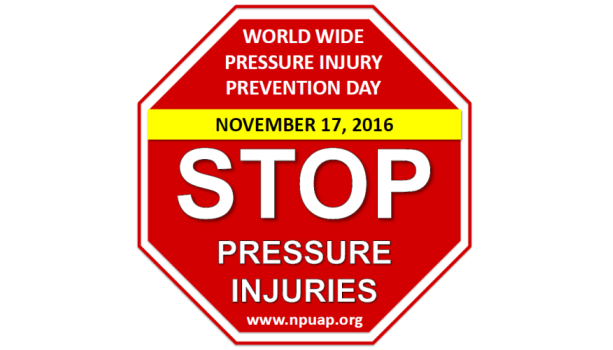Medical Documentation and Communication Pitfalls Can Set the Stage for Litigation
January 23, 2015
By Mary Ellen Posthauer RDN, CD, LD, FAND
Following wound documentation standards can help clinicians avoid legal issues. Pressure ulcer litigation often involves nutrition issues. Patients with chronic wounds frequently have unintended weight loss, dehydration and malnutrition. In long-term care facilities, the most prevalent types of alleged harm are falls, pressure ulcers, weight loss and dehydration. The odds of being sued are positively associated with pressure ulcers and weight loss.
Communicating Patient Care Through Medical Records
Since the medical record is the document that is used to determine the quality and quantity of care the patient received, it is imperative that we all work together as a team. After reviewing a chart for a legal case, I found the following documentation:
- The food intake records showed the patient refused breakfast daily.
- The weight chart indicated an 8 lb. or 5% weight loss in 30 days.
- The weekly summary stated the patient had a facility acquired stage IV pressure ulcer on the coccyx, ate 100% of a 1200-calorie diet and had no problems chewing or swallowing.
- The dietitian's current progress note stated "based on the patient's poor intake of 1200 calorie diet, unintended weight loss, and the need for additional calories, I am recommending for the second time that the physician consider a regular diet with a high calorie supplement bid."
- The care plan stated that the patient is receiving speech therapy for dysphagia.
This scenario clearly speaks to the lack of communication and teamwork that existed in the care of this patient.
How Can We Avoid These Pitfalls?
- If food/fluid records are kept, they must be completed accurately on each shift. Training is key to completing this type of form. When a patient's appetite is poor or declines, convey this to the dietitian and together determine a solution. Is the diet too restrictive? Is there a chewing or swallowing problem? Investigate food preferences and adjust the diet as necessary. Offer beverage and/or supplements between meals. Does the patient need assistance at mealtime or restorative dining services?
- Document on the weight chart the type of scale used (as weight may vary depending on the scale used) and the percent of weight variation. Reweigh the person if there is any question that the weight maybe inaccurate.
- Weigh patients upon admission and then according to facility protocol. Communicate weight fluctuations immediately to the nutrition department and as a team develop a plan to address unintended weight loss.
- The dietitian should accept responsibility for communicating any recommendations to the nursing staff and the physician. I personally fax the physician with any recommendations and give the nursing staff a copy of the fax. Documenting negative comments in the medical record is not good practice.
- The nutrition department should be notified if therapy services ordered have a nutrition component, such as dysphagia treatment or evaluation for a self-help feeding device.
- All interventions and recommendations must be communicated to the patient and family and/or caregivers. Often family members claim they didn't understand the importance of nutrition in relationship to wound healing or they weren't involved in any discussion about food choices or didn't know the person lost weight.
- The most important advice is to document all communication and interventions that were provided for the patient in the medical record.
- Establish a system for routine chart audits to determine if there are inconsistencies in charting among the disciplines.
Unfortunately we live in a litigious society but working as a team we can avoid any legal issues.
About The Author
Mary Ellen Posthauer RDN, CD, LD, FAND is an award winning dietitian, consultant for MEP Healthcare Dietary Services, published author, and member of the Purdue University Hall of Fame, Department of Foods and Nutrition, having held positions on numerous boards and panels including the National Pressure Ulcer Advisory Panel and the American Dietetic Association's Unintentional Weight Loss work group.
The views and opinions expressed in this content are solely those of the contributor, and do not represent the views of WoundSource, HMP Global, its affiliates, or subsidiary companies.










